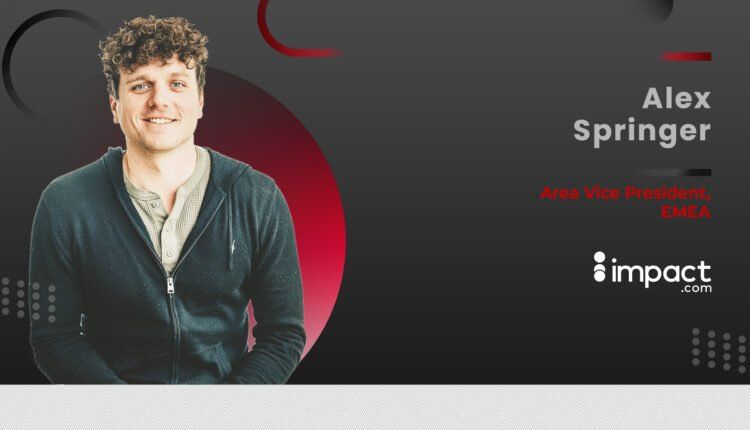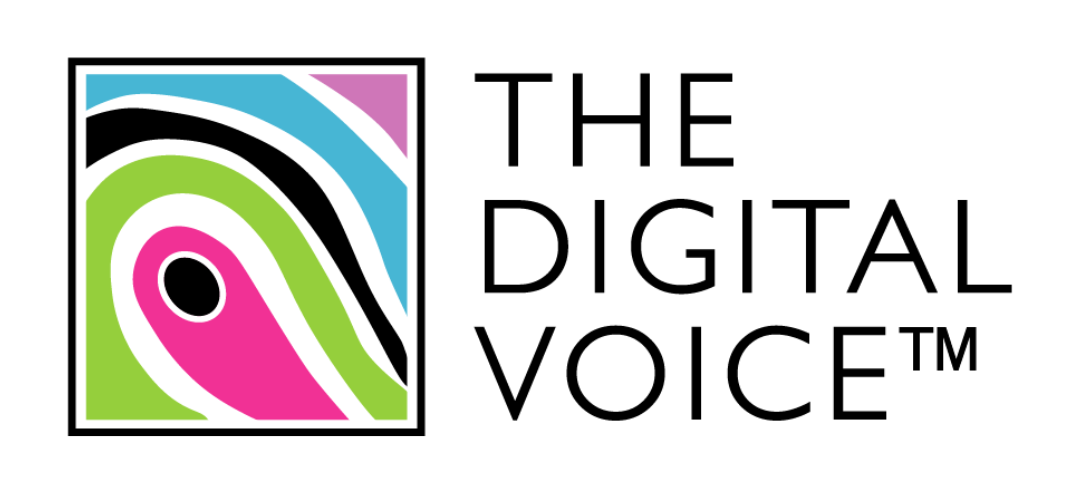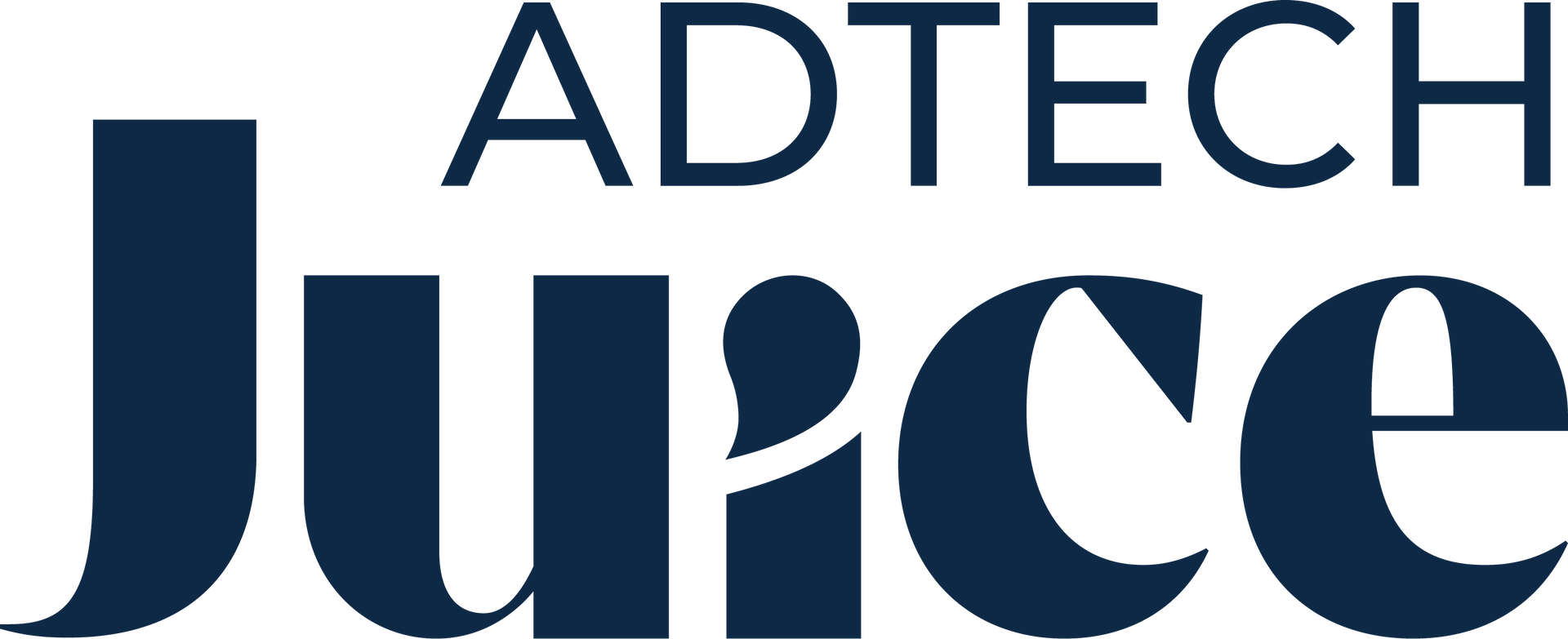MarTech360 Interview With Alex Springer, Area Vice President, EMEA, impact.com

Hi, Alex, could you tell us about your professional journey so far?
My professional journey started in stage management and tech direction for theatres around the US. I’ve worked in a couple of different fields since then, including gaining marketing experience for a medical supply company before making the move into technology with an entry level sales role. I’ve been with impact.com for nearly seven years now. I’ve worked at three of their offices in that time, moving from Santa Barbara to New York, to bring on a new platform focused on ad fraud and fraud detection, and then finally into our London office three years ago.
Here I work closely with the team expanding customer bases and integrating our products across our regions. It’s been such an exciting journey and it’s been great working in the partnership space, being integrated with our end-users from multiple sides of the equation.
What challenges did the COVID-19 pandemic pose for you and your team?
The whole team was already working flexibly and took to remote working very well. However like any other B2B sales team we really enjoyed visiting clients, and that came to a standstill with the pandemic. The biggest challenge for us was the move to back-to-back Zoom meetings, because it reduced the time we spent preparing together as colleagues ahead of a meeting. It’s easy to lose that sense of centering yourself on a meeting. Finding ways to create the space to really be consultants and consider each prospective client’s unique challenges has been our biggest challenge.
What sets impact.com apart from the competition?
What makes us different is our pace of innovation and unrelentingly tech-first approach to the problems we solve. Our first question is always, ‘how do we develop a tool to do this task?’ For example, we ensure clients have a full recommendation engine to match them with the most relevant partners, then our technology helps onboard partners quickly with a dynamic contract ready to go right off the bat. We’re always thinking up new ways to make the process more effective and faster, with less risk of losing data, and how to do that at scale.
How are digital marketing technology trends shaping business strategies to effectively reach the target audience?
Your target audience is now painfully aware that they are being considered a ‘target audience’, rather than individuals. They are switching off because they feel targeted as part of a demographic by something that they might find irrelevant. When you’re tired of being bombarded with advertising, you ignore it and focus on the content you’re actively seeking, that improves your experience/understanding/life. Partnerships provide that content and that builds trust in a way a flashing display ad or promoted listing on Amazon cannot.
How, according to you, has technology in the marketing landscape evolved and how will it evolve in the coming years?
Users became naturally concerned about their right to privacy as everything in the landscape became trackable, and the reaction was to try to protect that right. We should 100% be committed as an industry to respecting that right and continue to evolve with that in a way that complies with consumers’ wishes.
This requires technology to evolve to be complementary to our lifestyles – to enhance our lives in some way rather than distract from it. Companies that offer useful, less obtrusive content and information on demand, rather than forcing it in front of consumers, are going in the right direction – individuals should be able to pull information from trusted sources rather than have distractions and unnecessary information pushed at them.
How effective is a Partner Relationship Management (PRM) technology in streamlining and strengthening business processes?
Partner Relationship Management tools should focus on consistency and continuity. If a new manager takes over a relationship, they need to be able to understand what happened before they did, instead of starting from scratch with an existing partner. Having a strong record allows partnerships to continue seamlessly, even when a partner changes focus to find their audience. Brands and their partners can see how well that partnership has performed in the past and confidently start new initiatives when a partner pivots because they understand that history.
How do you envisage B2B and B2C SaaS solutions developing in the future?
It’s about convergence. B2C solutions have always had a mindset of trying to reach as many consumers as possible at one time at a large scale. B2B has always been more manual. A sales team might focus on speaking with a specific account they find important. As we get more global, it’s time to take that direct-to-consumer concept and apply it to B2B but not all technologies are ready for that. They move into the B2B space and once that scale starts, they break down. We need to take that B2C model and develop more high-volume, scalable tech to match.
How do channel partnerships help in more revenue growth?
Channel partnerships allow you to interact with consumers – and customers in general – in ways they enjoy being interacted with. New customers will rarely start on a brand’s page. They look to businesses and content creators they already know and trust to make good choices.
All those sources are influencing your customers’ opinions, even if you’ve never heard of them. An expanded channel partnership program allows you to reach those sources your potential customers already trust for information, and develop them into a stream of leads for your business.
What are the three things business owners can do to optimise their digital outreach?
- Understand your customer: common sense is a great place to start. Automation can follow once you have an understanding of what your customers really care about.
- Automate the little things: start small, such as Gmail-based automation for tasks you do every day for your partners. Once home-grown automation becomes unwieldy, then you can call in the SaaS tools.
- Never stop talking with your partners: your ideal customer profile will change over time, so maintaining the conversation to stay on top of it is crucial.
Could you name the top five apps/platforms that you use for marketing/sales?
1 and 2 are Slack and Gmail – communication within my teams is the most important thing, and these two tools enable that more than anything else we use.
- Groove – to reach out to prospective clients, ensure a fast follow-up and measure the results of our outreach efforts.
- Salesforce – to record basically everything.
- Domo – Salesforce is a great storage space, Domo lets me more intuitively look at what’s in it.
What is the one piece of advice you would give to those who wish to make it big in marketing and sales?
You’re never going to know everything that you “need” to. I’m by no means an expert in the hundreds of businesses I speak to each year. Instead, I get the privilege of sitting down with them to learn how they work and what matters to them. You need to be a strong business professional first, be curious, and let everything challenge what you think you know – everything else will follow.
Thanks, Alex!
Also published in: MarTech 360
Podcasts powered by AudioHarvest



